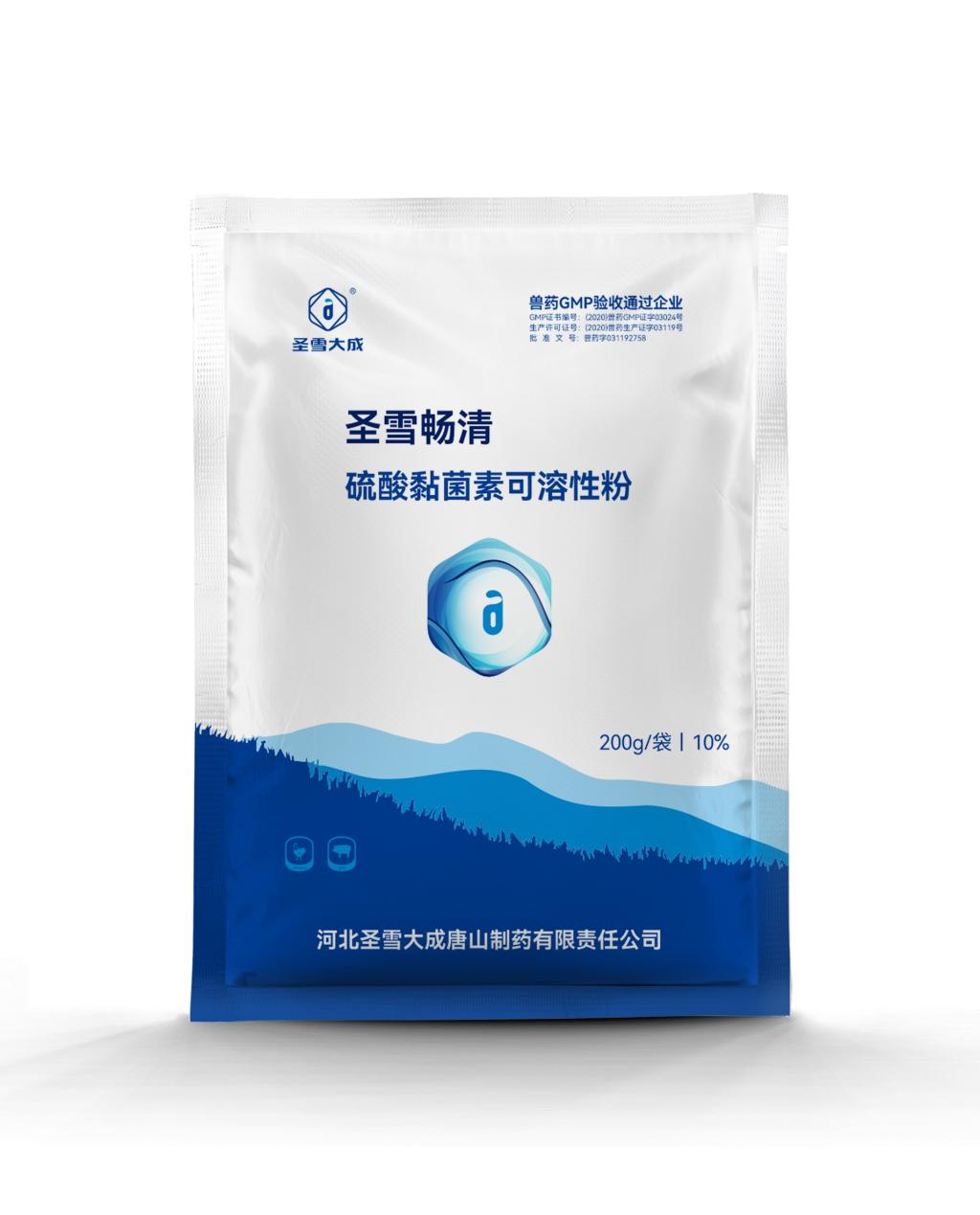Tel:0086 18231198596

News
Current Position:
Home >
News
>Tracking Resistance Patterns: Surveillance of Colistin Sulfate Soluble Powder Use.
Tracking Resistance Patterns: Surveillance of Colistin Sulfate Soluble Powder Use.
TIME:2024-01-05
Introduction:
The emergence and spread of antimicrobial resistance pose a formidable threat to global health, making surveillance a crucial tool in understanding and mitigating this challenge. Colistin sulfate, a last-resort antibiotic, has come under scrutiny due to its association with resistance development. This article aims to elucidate the significance of surveillance in comprehensively tracking the use of colistin sulfate soluble powder, assessing resistance patterns across human, animal, and environmental domains.
Section 1: The Imperative of Surveillance in Antimicrobial Stewardship
Surveillance is fundamental to effective antimicrobial stewardship, providing insights into the utilization patterns of antibiotics and the emergence of resistant strains. This section outlines the key objectives of surveillance in the context of colistin sulfate, emphasizing its role in promoting responsible use and preventing the escalation of resistance.
Section 2: Methodologies in Colistin Surveillance
Monitoring the use of colistin sulfate necessitates robust methodologies that capture data from diverse sources. This section explores the methodologies employed in surveillance efforts, including clinical data collection, veterinary records, environmental monitoring, and the integration of molecular techniques for tracking resistance genes.
Section 3: Challenges in Colistin Surveillance
Despite its significance, colistin surveillance faces various challenges. This section discusses the obstacles encountered in collecting comprehensive and accurate data, addressing issues such as underreporting, lack of standardized methodologies, and the complexities associated with tracking resistance in diverse ecosystems.
Section 4: Surveillance in Human Medicine
Surveillance efforts in human medicine focus on tracking colistin usage in clinical settings, identifying trends in resistance among various pathogens, and understanding the impact of prescribing practices. This section explores the role of surveillance in human healthcare and its contribution to guiding policies that promote responsible colistin use.
Section 5: Veterinary Surveillance and Agricultural Practices
The use of colistin sulfate in veterinary medicine and agriculture raises concerns about the development and spread of resistant strains. This section examines how surveillance in veterinary settings monitors antibiotic use in animals, tracks resistance patterns, and influences regulatory measures to safeguard both animal and human health.
Section 6: Environmental Surveillance
Colistin residues in the environment contribute to resistance patterns. This section discusses the significance of environmental surveillance in tracking colistin contamination, evaluating its impact on ecosystems, and proposing measures to mitigate environmental dissemination of this antibiotic.
Section 7: Data Integration and Analysis
The effectiveness of colistin surveillance lies in the integration and analysis of diverse datasets. This section explores the challenges and benefits of harmonizing data from human, animal, and environmental surveillance efforts to create a comprehensive understanding of colistin use and resistance dynamics.
Section 8: Implications for Global Health Policy
Surveillance data serves as a foundation for evidence-based policymaking. This section discusses how the insights gained from colistin surveillance contribute to the formulation of global health policies aimed at preserving the efficacy of this critical antibiotic while addressing the broader challenge of AMR.
Conclusion:
In the pursuit of effective antimicrobial stewardship, surveillance of colistin sulfate soluble powder use emerges as a cornerstone. The insights derived from surveillance efforts are invaluable in guiding policies, influencing prescribing practices, and promoting responsible use across human, animal, and environmental domains. A proactive and collaborative approach to surveillance is essential for mitigating the threat of antimicrobial resistance and ensuring the continued efficacy of colistin in the global fight against bacterial infections.

 CONTACT
CONTACT




